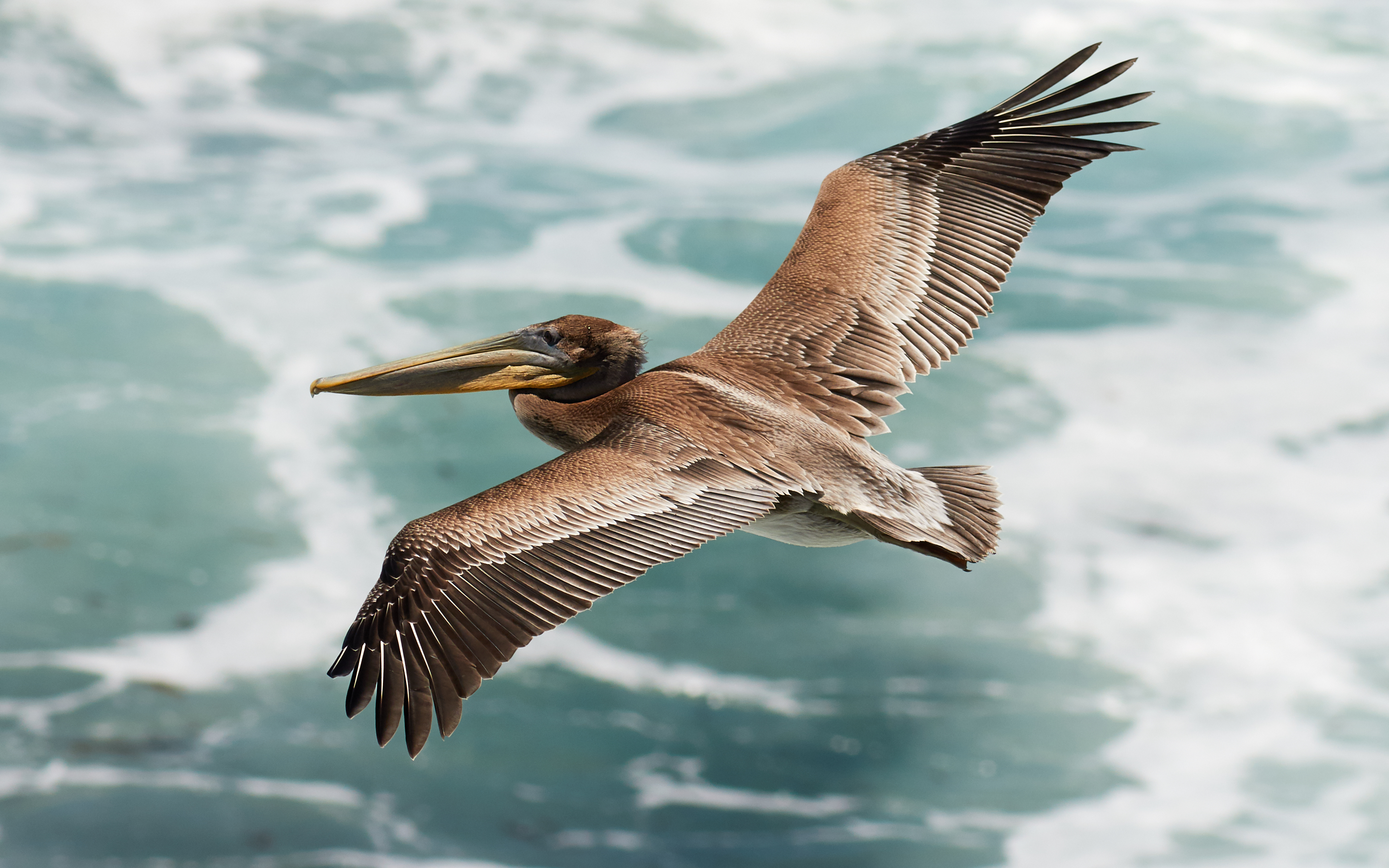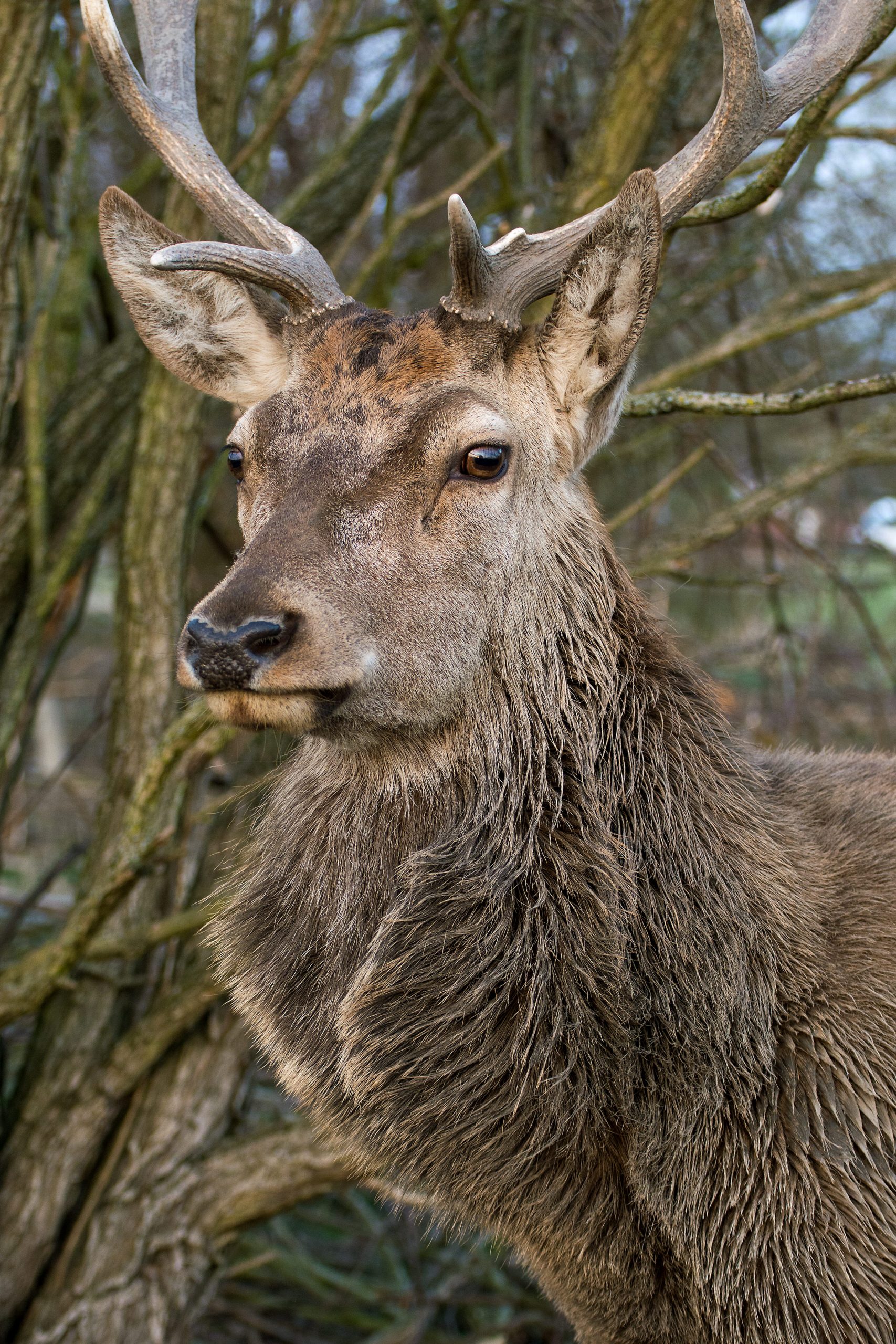|
Stag Beetle
Stag beetles comprise the family Lucanidae. It has about 1,200 species of beetles in four subfamilies.Smith, A.B.T. (2006). A review of the family-group names for the superfamily Scarabaeoidea (Coleoptera) with corrections to nomenclature and a current classification. The Coleopterists Bulletin 60:144–204. Some species grow to over , but most to about . Overview The English name is derived from the large and distinctive mandibles found on the males of most species, which resemble the antlers of stags. A well-known species in much of Europe is ''Lucanus cervus'', referred to in some European countries (including the United Kingdom) as ''the'' stag beetle; it is the largest terrestrial insect in Europe. Pliny the Elder noted that Nigidius called the beetle ''lucanus'' after the Italian region of Lucania where they were used as amulets. The scientific name of ''Lucanus cervus'' adds ''cervus'', deer. Male stag beetles are known for their oversized mandibles that are used ... [...More Info...] [...Related Items...] OR: [Wikipedia] [Google] [Baidu] |
Lamprima Aurata
''Lamprima aurata'', the golden stag beetle, is a species of beetle in the family Lucanidae. In Tasmania, this species is referred to by the common name of Christmas beetle, a name that is normally used for beetles in the family Scarabaeidae, genus '' Anoplognathus''. Description This beetle has an oval, shiny body. It measures between 15 and 25 mm in length. It is fairly variable in coloration, so it has been given many names by various authors.C.A.M. Reid, K. Smith, M. Beatson (2018) Revision of the Genus ''Lamprima'' Latreille, 1804 (Coleoptera: Lucanidae). Zootaxa. 4446(2); 151–202. doi:10.11646/zootaxa.4446.2.1 The colour of the males is typically metallic golden green or yellow with colorful legs, while females may be blue, blue-green or dull brown. Females are smaller than the males, and males have larger mandibles prolonged forwards used for fighting. Distribution and habitat ''Lamprima aurata'' is native to Australia and can be found in Tasmania and south-eastern ... [...More Info...] [...Related Items...] OR: [Wikipedia] [Google] [Baidu] |
Pliny The Elder
Gaius Plinius Secundus (AD 23/24 79), known in English as Pliny the Elder ( ), was a Roman Empire, Roman author, Natural history, naturalist, and naval and army commander of the early Roman Empire, and a friend of the Roman emperor, emperor Vespasian. He wrote the encyclopedic (''Natural History''), a comprehensive thirty-seven-volume work covering a vast array of topics on human knowledge and the natural world, which became an editorial model for encyclopedias. He spent most of his spare time studying, writing, and investigating natural and geographic phenomena in the field. Among Pliny's greatest works was the twenty-volume ''Bella Germaniae'' ("The History of the German Wars"), which is Lost literary work, no longer extant. ''Bella Germaniae'', which began where Aufidius Bassus' ''Libri Belli Germanici'' ("The War with the Germans") left off, was used as a source by other prominent Roman historians, including Plutarch, Tacitus, and Suetonius. Tacitus may have used ''Bella Ger ... [...More Info...] [...Related Items...] OR: [Wikipedia] [Google] [Baidu] |
Pets In South Korea
Pet ownership in South Korea has increased in recent years. Dogs are the most common household animal, owned by 75.3% of pet-owning South Korean households, followed by cats, then goldfish. South Korean pet culture is constantly developing, and the companion animal industry in South Korea is worth an estimated 3.4 trillion South Korean won, won as of 2020. Terminology In South Korea, the expression "companion animal" is preferred to "pet". To South Koreans, the word "pet" typically refers to toys or entertainment, whereas "companion animal" denotes sharing emotional communication and living together. "Companion animals" are animals that live with humans and are not toys. All kinds of animals, including dogs, cats, rabbits, guinea pigs, pigs, chickens, ducks, parrots, lizards, iguanas, stag beetles, and goldfish, can be companion animals. South Korean legislation on pets was revised in 2013, and the scope of companion animal was defined by the Ministry of Agriculture, Food and R ... [...More Info...] [...Related Items...] OR: [Wikipedia] [Google] [Baidu] |
Stoning
Stoning, or lapidation, is a method of capital punishment where a group throws stones at a person until the subject dies from blunt trauma. It has been attested as a form of punishment for grave misdeeds since ancient times. Stoning appears to have been the standard method of capital punishment in ancient Israel. Its use is attested in the early Christian era, but Jewish courts generally avoided stoning sentences in later times. Only a few isolated instances of legal stoning are recorded in pre-modern history of the Islamic world. In recent decades several states have inserted stoning and other ''hudud'' (pl. of ''hadd'') punishments into their penal codes under the influence of Islamist movements. These laws hold particular importance for religious conservatives due to their scriptural origin, though in practice they have played a largely symbolic role and tended to fall into disuse. The Torah and Talmud prescribe stoning as punishment for a number of offenses. Over the cent ... [...More Info...] [...Related Items...] OR: [Wikipedia] [Google] [Baidu] |
Superstition
A superstition is any belief or practice considered by non-practitioners to be irrational or supernatural, attributed to fate or magic (supernatural), magic, perceived supernatural influence, or fear of that which is unknown. It is commonly applied to beliefs and practices surrounding luck, amulets, astrology, fortune telling, Spirit (animating force), spirits, and certain paranormal wikt: entity, entities, particularly the belief that future events can be foretold by specific unrelated prior events. The word ''superstition'' is also used to refer to a religion not practiced by the majority of a given society regardless of whether the prevailing religion contains alleged superstitions or to all religions by the antireligion, antireligious. Contemporary use Definitions of the term vary, but they commonly describe superstitions as irrational beliefs at odds with scientific knowledge of the world. Stuart Vyse proposes that a superstition's "presumed mechanism of action is inc ... [...More Info...] [...Related Items...] OR: [Wikipedia] [Google] [Baidu] |
Prosopocoilus Giraffa
''Prosopocoilus giraffa'', the giraffe stag beetle, is the world's largest stag beetle and is a member of the family Lucanidae within the order Coleoptera. They have very long, toothed and notched mandibles that protrude about half the size of their body. They tend to be aggressive and are fierce and powerful. Males fight each other using these strong and enlarged jaws to lift and throw rivals to win a mate. They can grow up to 119 millimetres in length. Several distinctive populations (subspecies) are found in moist forested region areas of Asia, ranging from India to Indonesia Indonesia, officially the Republic of Indonesia, is a country in Southeast Asia and Oceania, between the Indian Ocean, Indian and Pacific Ocean, Pacific oceans. Comprising over List of islands of Indonesia, 17,000 islands, including Sumatra, .... ''Prosopocoilus giraffa keisukei'' can measure up to 12 centimeters. ''Prosopocoilus giraffa daisukei'' have the brightest elytra of all subspecies and ... [...More Info...] [...Related Items...] OR: [Wikipedia] [Google] [Baidu] |
Larva
A larva (; : larvae ) is a distinct juvenile form many animals undergo before metamorphosis into their next life stage. Animals with indirect development such as insects, some arachnids, amphibians, or cnidarians typically have a larval phase of their life cycle. A larva's appearance is generally very different from the adult form (''e.g.'' caterpillars and butterflies) including different unique structures and organs that do not occur in the adult form. Their diet may also be considerably different. In the case of smaller primitive arachnids, the larval stage differs by having three instead of four pairs of legs. Larvae are frequently adapted to different environments than adults. For example, some larvae such as tadpoles live almost exclusively in aquatic environments but can live outside water as adult frogs. By living in a distinct environment, larvae may be given shelter from predators and reduce competition for resources with the adult population. Animals in the lar ... [...More Info...] [...Related Items...] OR: [Wikipedia] [Google] [Baidu] |
Flight
Flight or flying is the motion (physics), motion of an Physical object, object through an atmosphere, or through the vacuum of Outer space, space, without contacting any planetary surface. This can be achieved by generating aerodynamic lift associated with gliding flight, gliding or air propulsion, propulsive thrust, aerostatically using buoyancy, or by ballistics, ballistic movement. Many things can fly, from Flying and gliding animals, animal aviators such as birds, bats and insects, to natural gliders/parachuters such as patagium, patagial animals, anemochorous seeds and ballistospores, to human inventions like aircraft (airplanes, helicopters, airships, balloons, etc.) and rockets which may propel spacecraft and spaceplanes. The engineering aspects of flight are the purview of aerospace engineering which is subdivided into aeronautics, the study of vehicles that travel through the atmosphere, and astronautics, the study of vehicles that travel through space, and ballistics, ... [...More Info...] [...Related Items...] OR: [Wikipedia] [Google] [Baidu] |
Deer
A deer (: deer) or true deer is a hoofed ruminant ungulate of the family Cervidae (informally the deer family). Cervidae is divided into subfamilies Cervinae (which includes, among others, muntjac, elk (wapiti), red deer, and fallow deer) and Capreolinae (which includes, among others reindeer (caribou), white-tailed deer, roe deer, and moose). Male deer of almost all species (except the water deer), as well as female reindeer, grow and shed new antlers each year. These antlers are bony extensions of the skull and are often used for combat between males. The musk deer ( Moschidae) of Asia and chevrotains ( Tragulidae) of tropical African and Asian forests are separate families that are also in the ruminant clade Ruminantia; they are not especially closely related to Cervidae. Deer appear in art from Paleolithic cave paintings onwards, and they have played a role in mythology, religion, and literature throughout history, as well as in heraldry, such as red deer that app ... [...More Info...] [...Related Items...] OR: [Wikipedia] [Google] [Baidu] |
Convergent Evolution
Convergent evolution is the independent evolution of similar features in species of different periods or epochs in time. Convergent evolution creates analogous structures that have similar form or function but were not present in the last common ancestor of those groups. The cladistic term for the same phenomenon is Cladogram#Homoplasies, homoplasy. The recurrent evolution of flight is a classic example, as flying pterygota, insects, birds, pterosaurs, and bats have independently evolved the useful capacity of flight. Functionally similar features that have arisen through convergent evolution are ''analogous'', whereas ''homology (biology), homologous'' structures or traits have a common origin but can have dissimilar functions. Bird, bat, and pterosaur wings are analogous structures, but their forelimbs are homologous, sharing an ancestral state despite serving different functions. The opposite of convergence is divergent evolution, where related species evolve different trai ... [...More Info...] [...Related Items...] OR: [Wikipedia] [Google] [Baidu] |
Cervus
''Cervus'' is a genus of deer that primarily are native to Eurasia, although one species occurs in northern Africa and another in North America. In addition to the species presently placed in this genus, it has included a whole range of other species now commonly placed in other genera. Additionally, the species-level taxonomy is in a state of flux. Taxonomy Genus Until the 1970s, ''Cervus'' also included the members of the genera '' Axis'', '' Dama'', and '' Elaphurus'', and until the late 1980s, it included members of '' Rucervus'' and '' Rusa''. Species In the third edition of ''Mammal Species of the World'' from 2005, only the red deer (''C. elaphus'') and sika deer (''C. nippon'') were recognized as species in the genus ''Cervus''. Genetic and morphological evidence suggest more species should be recognized. For example, the species '' Cervus canadensis'' (elk/wapiti) is considered a separate species. Red deer species group Within the red deer species group, some sour ... [...More Info...] [...Related Items...] OR: [Wikipedia] [Google] [Baidu] |








